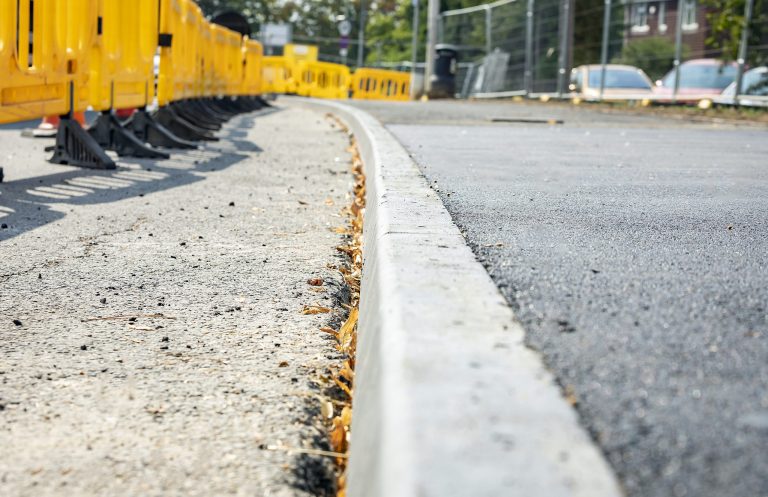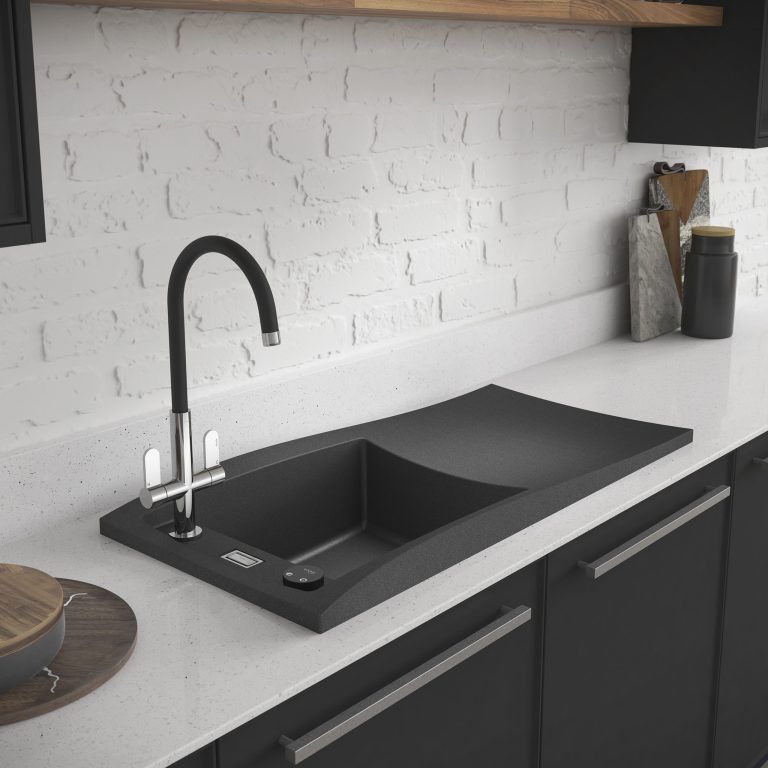Leading British kitchen and interior design studio, Brandt Design, has been commissioned to design and install a selection of contemporary kitchens for leading property management company, Peabody at The Scene, Amersham Vale: a landmark development in New Cross, South London in partnership with residential developer, Sherrygreen Homes. Situated in Amersham Vale, this landmark development of 120 apartments, houses and duplexes with select homes available through the ‘Help to Buy’ scheme, are within a short stroll of Deptford high street, Market Yard and nearby New Cross and Deptford rail stations. The Scene in SE14, is a man-made urban village that transitions into Victorian terraces and newly landscaped Charlottenburg Park. The team at Brandt Design, is very proud to play its part in transforming this vibrant part of London in collaboration with PRP Architects and BDP Landscape Architects. “We believe in the democracy of design and feel that everyone should be able to enjoy a kitchen, which is efficient, beautifully designed and made ergonomically,” says Julia Steadman, Commercial Director at Brandt Design. “The Scene is a superb addition to our project portfolio, alongside other premium housing developments in Milton Keynes, Birmingham and high specification work across the luxury residential market. The growing appreciation for person-centred design means there is an expectation to pay close attention to the finer details and provide maximum utility to the end-user in order to ensure the UK property market remains buoyant, with variety and creativity at all levels,” adds Julia. Residents at The Scene in Amersham Vale will all benefit from contemporary handleless kitchens specially curated from the Brandt Urban Collection, with contemporary Putty Concrete Pearl Grey slab doors for the ultimate in industrial-style. Inspired by the suburban colours of the city, this high-performance furniture range is complemented by Silestone stone-effect worktops and upstands in Snow White alongside Amtico White Ash wood-effect flooring, which captures the essence of today’s popular mixed materials trend. All kitchen appliances are by Bosch, from the integrated oven, built-in microwave and electric hob to the well-hidden dishwasher and built-in fridge-freezer. Waste and recycling bins are also cleverly integrated within the kitchen for a hygienic and tidy work space, free from clutter. Freestanding Bosh washer/dryers are located in the hallway, to maximise available cupboard space and minimise the noise pollution in this open plan kitchen living environment: for extra convenience, recessed LED downlights illuminate the worktops for optimum lighting when preparing and cooking food. “We are delighted to be able to put our stamp on such an upcoming development in South London, using our experience to create stylish and practical kitchens for future residents. Choosing a new home is a big decision and so the provision of the ‘right kitchen’ can make a huge difference to quality of life, which is why we opted for a made-to-measure modern design to reflect the dynamic look and feel of The Scene in Amersham Vale,” concludes Scott Davis, Director, Brandt Design.














